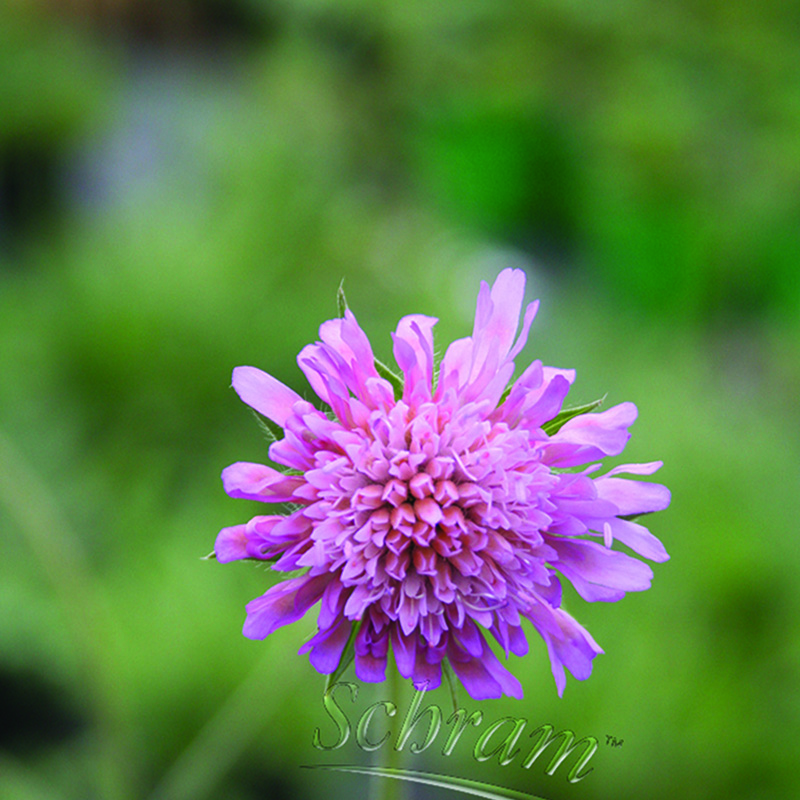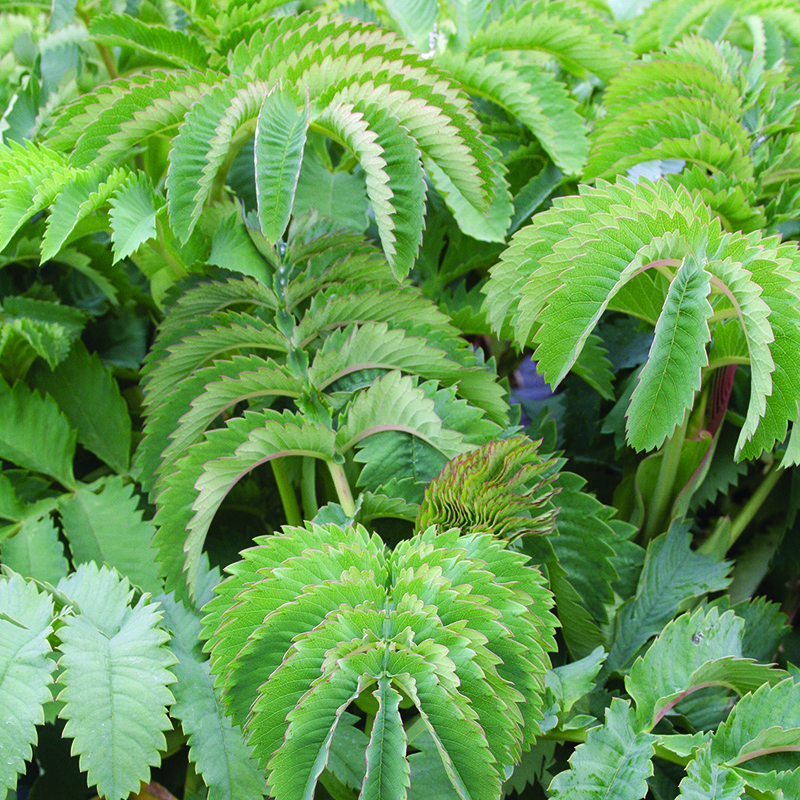Herbaceous Perennials
Herbaceous plants (in botanical use frequently simply herbs) are plants that have no persistent woody stem above ground. The term is mainly applied to perennials, but in botany it may also refer to annuals or biennials, and include both forbs and graminoids.
Annual herbaceous plants die completely at the end of the growing season or when they have flowered and fruited, and they then grow again from seed.
Herbaceous perennial and biennial plants may have stems that die at the end of the growing season, but parts of the plant survive under or close to the ground from season to season.
Fuchsia ‘Riccartonii’
A vigorous growing Fuchsia, forms an upright medium sized bush of ovate dark green leaves. From early Summer the pretty looking flowers will begin to dangle from arching stems on the foliage. Vivid crimson wings surround deep purple tubular centres and will continue to bloom right throughout the Summer until the first frosts. Excellent garden plant highly attractive to pollinators. Height 200cm. Spread 150cm. Position in moist but well-drained soil in full sun or partial shade. Needs shelter from cold drying winds. Good in beds, back of large borders, cottage style or informal gardens.














